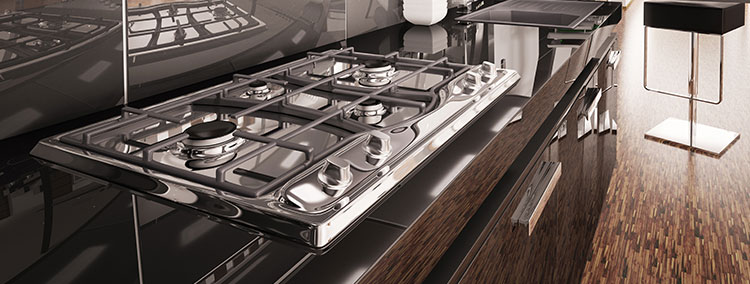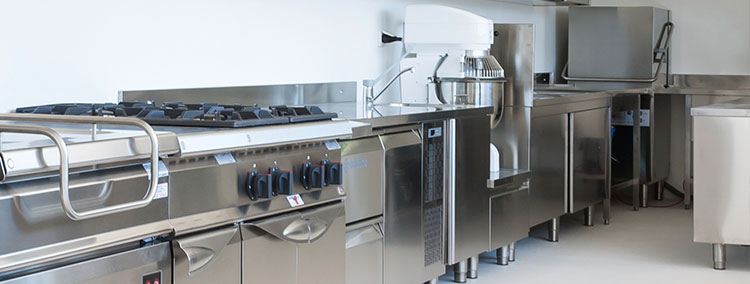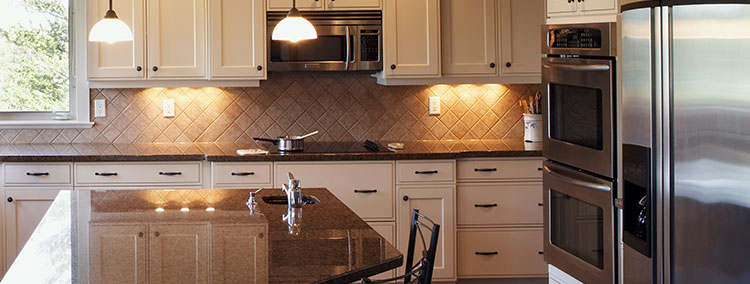Installing a new glass stove top and seeing it sparkling and in perfect shape is a terrific sensation. Sadly, this look will not last with regular use unless you take tremendous care of the unit.
Before you realize it, spills will burn onto the surface, and scratches will accumulate in the burner rings.
To avoid this problem, cooktop repair professionals advise that you must be able to do more than just clean a glass stove. The good news is that you can make changes to avoid future scratches and blemishes.
To help you out, here are the best ways to maintain your glass stove and keep it looking like new.
Use the right cookware.
You need to use the right cookware for your stove. This refers to the material of the pan’s base, which ideally should be stainless steel.
Because of its flat surface, stainless steel is ideal for use on glass stovetops and has enough weight to keep it steady when cooking.
This is not to claim that switching to stainless steel will prevent stove top scratches, but it will be gentler on the surface.
Be cautious when handling the pans.
First and foremost, never drag your pans across the glass surface when cooking; instead, always raise them.
Most people ignore this cardinal rule when they shake and combine the cooking ingredients. You should know this is the primary reason your burners have zig-zag scratches and are all pointing similarly.
Even if you’re using a lightweight pan, the base will scratch and pit the surface as it drags, so avoid it. Be cautious when gently lowering your pans onto the stove. You should note that slamming them down can scratch or even fracture the glass. You don’t want this, do you?
Keep the bottom of your pans clean.
Many people overlook the bottom of their pans when cleaning them. This is wrong. Stains on the underside are often baked in and impossible to remove. Second, many believe that since the food isn’t contacting it, it doesn’t matter. Actually, it does.
If your pan has stains and residue baked into the base, it will be much simpler to scratch and damage the stove’s glass surface.
In extreme cases, it will impede your skillet from transferring the heat evenly while food cooks. It can also generate unpleasant scents as it heats.
To clean the base of a pan, apply a baking soda paste and water across the surface. Allow it to sit for 20 minutes before scrubbing it away with a non-abrasive sponge or old toothbrush.
Clean the stove regularly.
Get into the practice of cleaning your stove top after each usage. Of course, you should do this once it has cooled down. Wiping down the surface immediately removes any spills or crumbs that may bake-on or catch under your cookware, causing more scratches.
Remember to clean your stovetop as needed thoroughly. For general guidance, do this once a month; however, if you notice burn marks emerging around the elements, it’s time for a cleaning.
Keeping your stovetop clean will extend its life, but only clean it after it has cooled.
Be cautious of cast iron cookware.
Cast iron deserves special mention because while it is an incredible material for cooking, it is incredibly heavy and may damage glass stove tops significantly.
Take particular caution while laying your cast iron cookware on the surface, and avoid dragging it over the glass – the weight will increase the likelihood of significant scratches.
Get a stovetop cover.
There are stove top covers available in the market that you can use to protect the surface when not in use. These are also useful if you have limited countertop space because the top of the stove can then act as an additional room.
Some mats are safe to cook directly on if you have an induction glass stove. These mats decrease scratching and heat exposure from the pan to the glass surface, allowing the stove to last longer.
Keep in mind that these mats should not be used on a conventional electric glass cooktop since these surfaces heat up far faster than induction, which would burn most mats. Consult the manufacturer for help and guidance on how to use them.
Are there pans that can’t scratch the stovetop?
The unfortunate truth is that any pan can scratch your glass cooktop. You may avoid scratches by choosing a style with a smooth base, such as stainless steel, but you should still be cautious when using it.
Enameled or ceramic pans have a particularly smooth finish that helps prevent scratching. However, how you utilize the pan is as crucial.
Never drag it across the surface; instead, lift it and softly settle. Also, wipe the underside regularly to prevent residue from burning to the base and harming your stove.
Consider the weight of your kitchenware as well. A weighty item, such as a larger work or one of the greatest cast iron skillets, might scratch more easily due to its weight. These can crack the surface when not handled properly, so proceed cautiously.
What should you do when the stove scratches?
Your glass stove top should still function normally with minor scratches. Still, if it is chipped or cracked, you should stop using it and contact an appliance repair Springfield professional to replace it.
If you want to reduce the look of the scratches, try cleaning the surface completely as recommended by the manufacturer, or follow the above instructions for cleaning a glass stove if none are provided.
Many marks are charred residue, and a scraping tool can help significantly. Carefully scrape off the marks, and you are good to go.
When hiring a professional to replace the unit, take your time and hire an experienced one who knows what they are doing. The last thing you want is someone who does a shoddy job, and you must repeat it.


